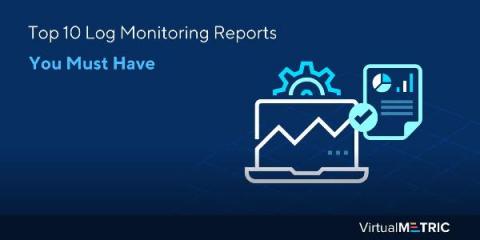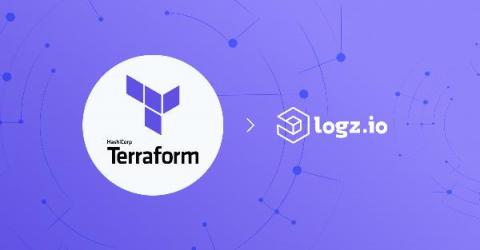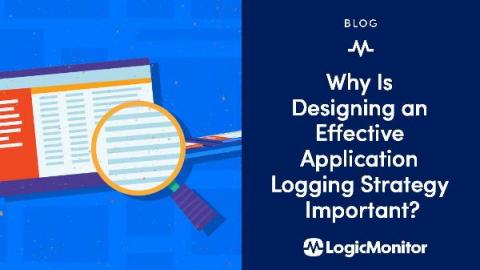Operations | Monitoring | ITSM | DevOps | Cloud
Latest News
Announcing the LogDNA Terraform Provider Beta
We’re excited to announce the public beta of the LogDNA Terraform Provider, allowing organizations to manage Views and Alerts programmatically via Terraform. Today, more teams than ever are adopting Infrastructure as Code (IaC) to reduce human error and create efficiently scaled workflows for their infrastructure. Additionally, teams are looking to bring the same benefits of scalability and predictability into their SaaS-based observability stack.
Top 10 Log Monitoring Reports You Must Have
Log monitoring can be a tedious process. When you have logs, you generate numerous log files in the log database that you need to track. Though a log file parser can help you search through multiple or large logs easily, it’s typically one of those processes which we only look at once it stops working. The windows system logs contain operating system logs as well as logs from applications such as Internet Information Services (IIS) and SQL server.
Display a Persistent Banner Message with the New Global Banner
For years, Splunk has provided the ability to display dismissible Bulletin Messages. But what if you need to show a non-dismissible, highly-visible message across all your product pages? Now you can, with the new Global Banner! One of our top-voted Customer Ideas, the Global Banner allows an admin to display a one-line message, with optional hyperlink, at the top of their product pages.
Shipping Terraform Logs with the Logz.io Provider & API
Logz.io has deepened its partnership with Hashicorp over the last few months. Recently, we announced our integration with their service mesh, Hashicorp Consul. Simultaneously, we have worked on and completed an integration with their infrastructure orchestrator (a.k.a, infrastructure-as-code or IAC), Terraform. IACs take manual configurations and treats them as, well, code (along with procedures, build guides, run books, etc.).
Why Is Designing an Effective Application Logging Strategy Important?
Observability is made up of metrics, logs, and traces. These pillars help us understand the behavior of applications under normal execution, which further accelerates identifying anomalies in case of application failure or deviation from normal execution. Logging is not about tracing each and every operation, it is about sensible, consistent, and machine-readable log messages that expose the application behavior.
How Log Management Underpins The Internet of Things (IoT)
The Internet of Things (IoT) is a term for the ever growing number of internet connected devices that fall beyond the realm of your typical laptop, desktop computer or smartphone. Many of us already own and use IoT devices on a daily basis, these could be anything from "smart" versions of appliances like refrigerators, thermostats and coffee machines through to your expected IoT devices such as Amazon’s Alexa & Google’s home speakers.
Announcing the LogDNA Configuration API Beta
We’re excited to announce the launch of the LogDNA Configuration API, expanding on our existing API to allow users to manage their Views and Alerts programmatically. Use the new Configuration API to increase automation on LogDNA’s logging platform.
Splunk > Clara-fication: Job Inspector
Do you SPL? Well, if you do, you probably either already know about the job inspector, or you’re about to. Either way, you probably don’t know enough. Don’t worry though, that’s all about to change. There are a few different aspects of the job inspector that everyone should be familiar with. These include the execution costs, the search job properties, and the search.log. I’m going to walk us through these areas, and some others, and their importance.
Introducing Splunk Real User Monitoring (RUM)
A few days ago, I tried ordering lunch from a local restaurant. I went online, spent time looking at their menu, chose a few items, clicked “submit” and… got an error message. This experience is not unique. Earlier this week, when I tried to read the news, I got a message saying they’re experiencing a technical issue. You can see both messages below: We’ve all experienced such situations, and they can be very frustrating.









